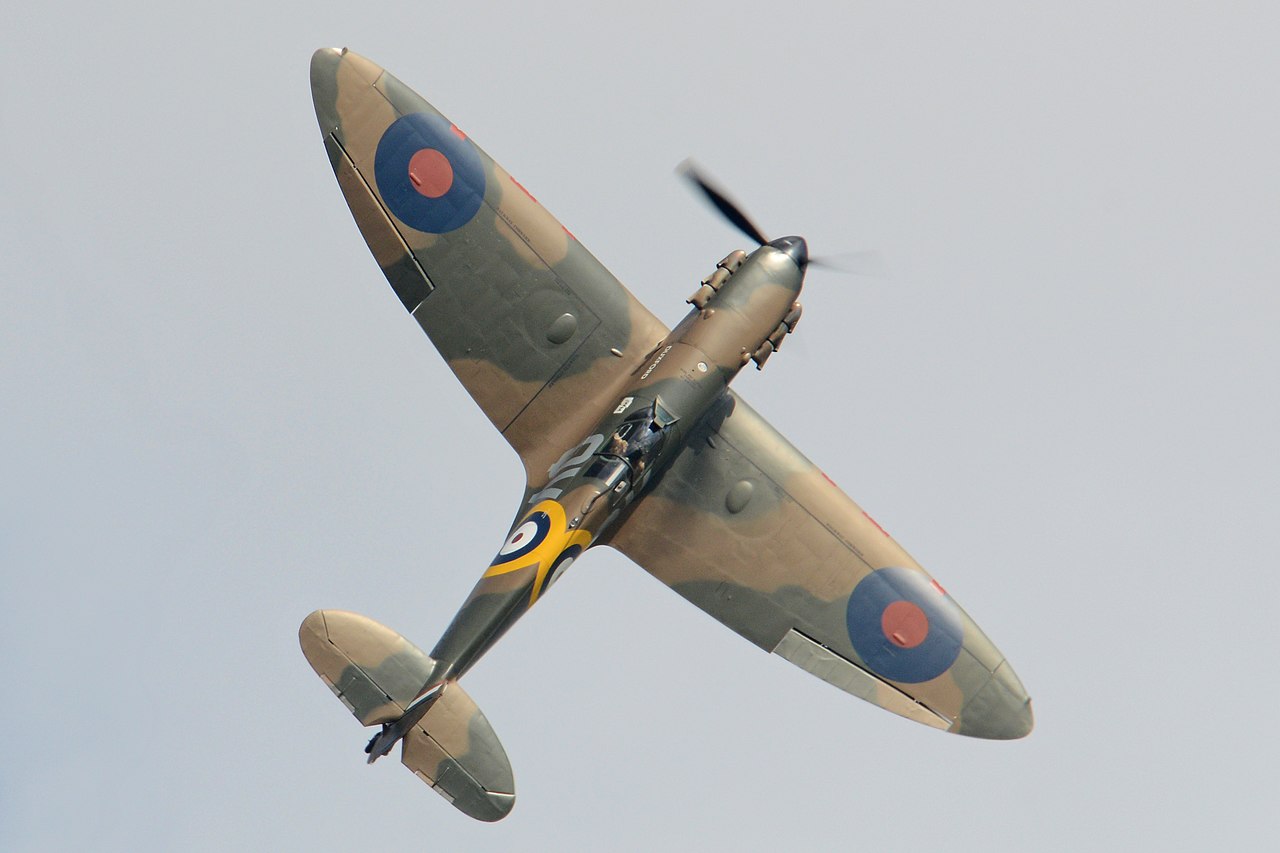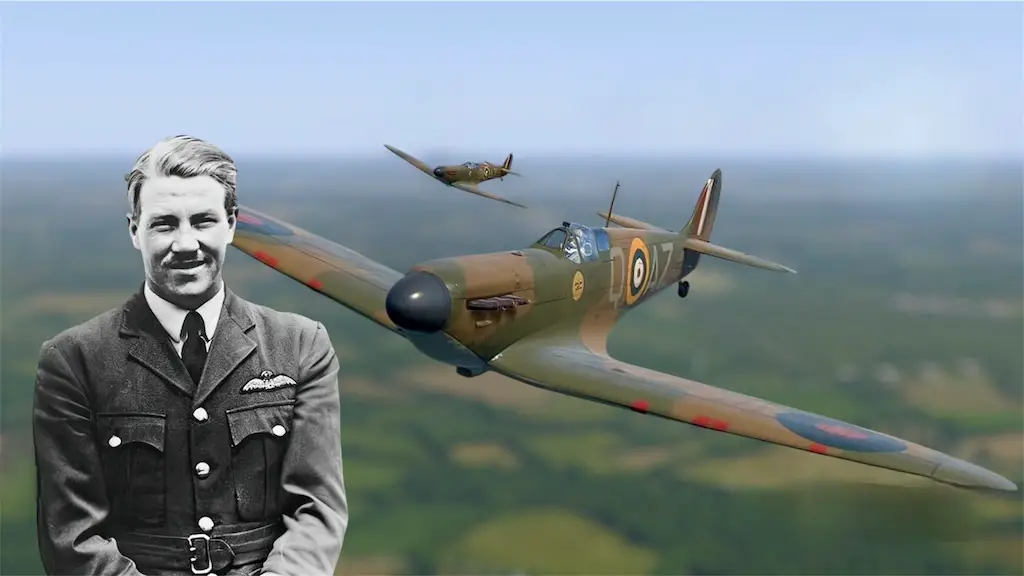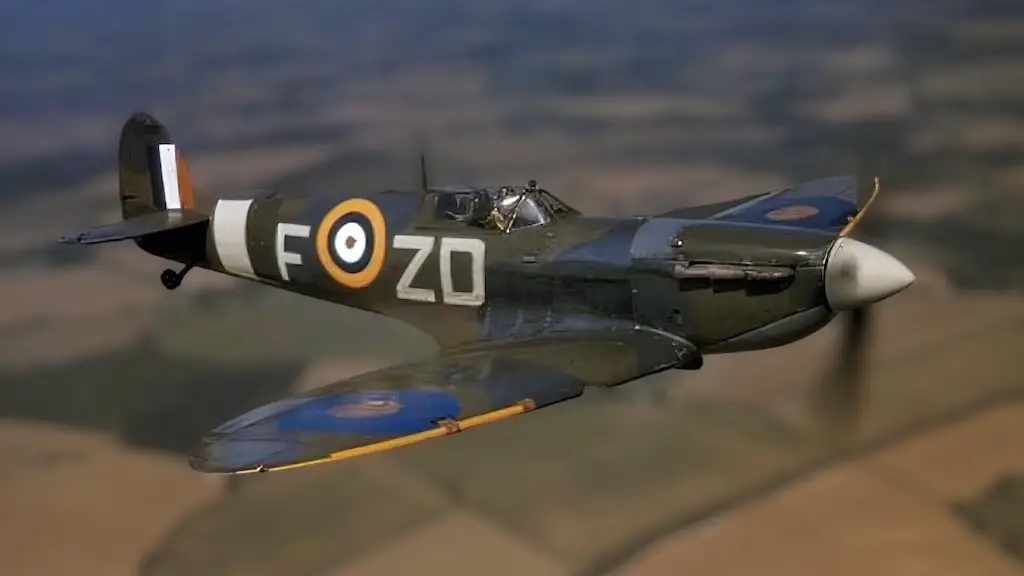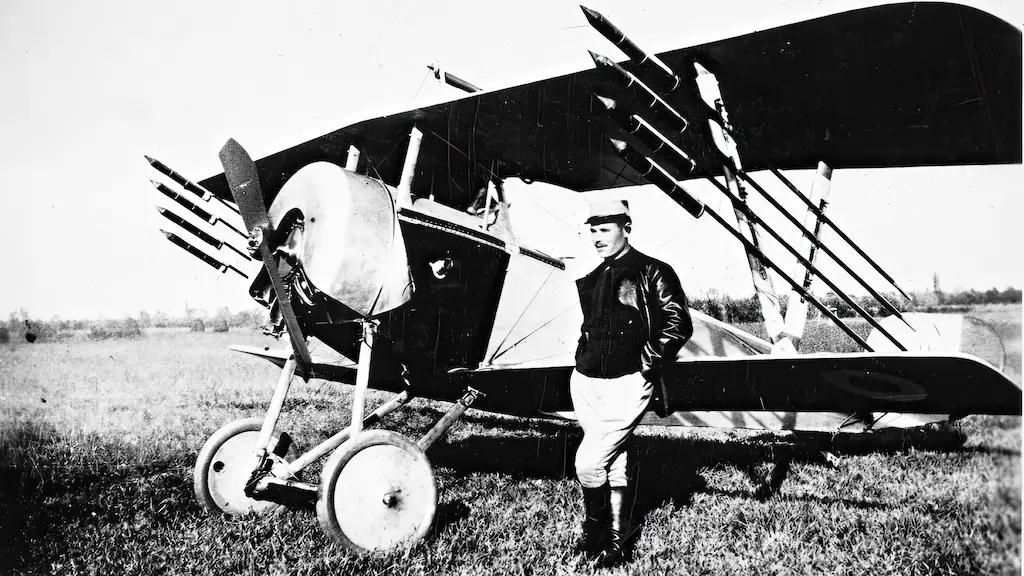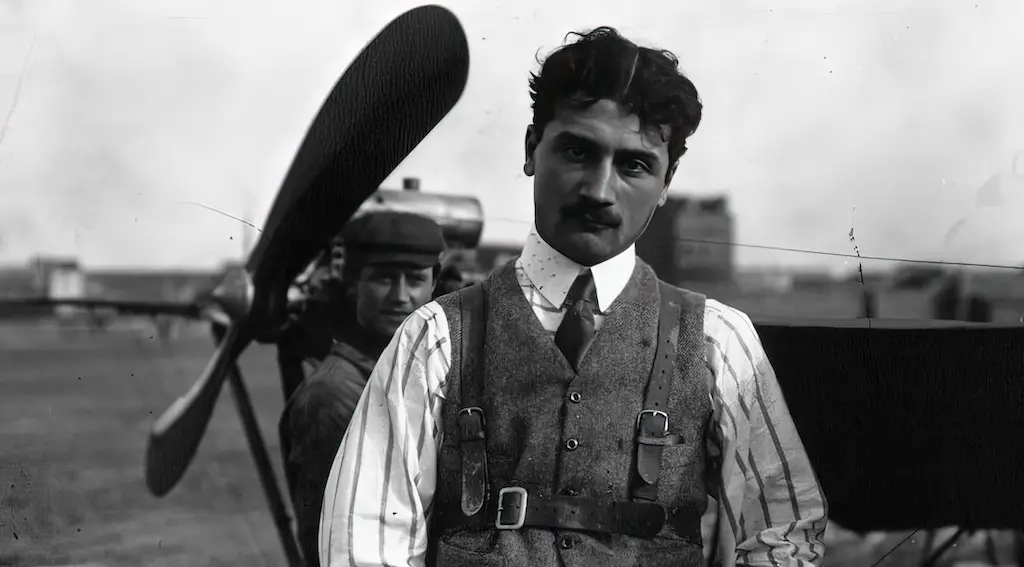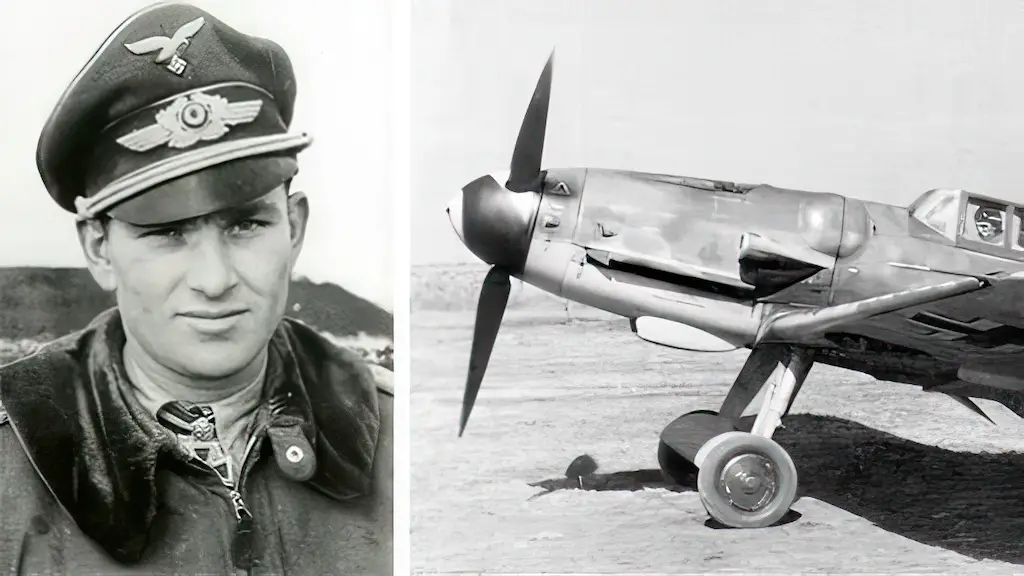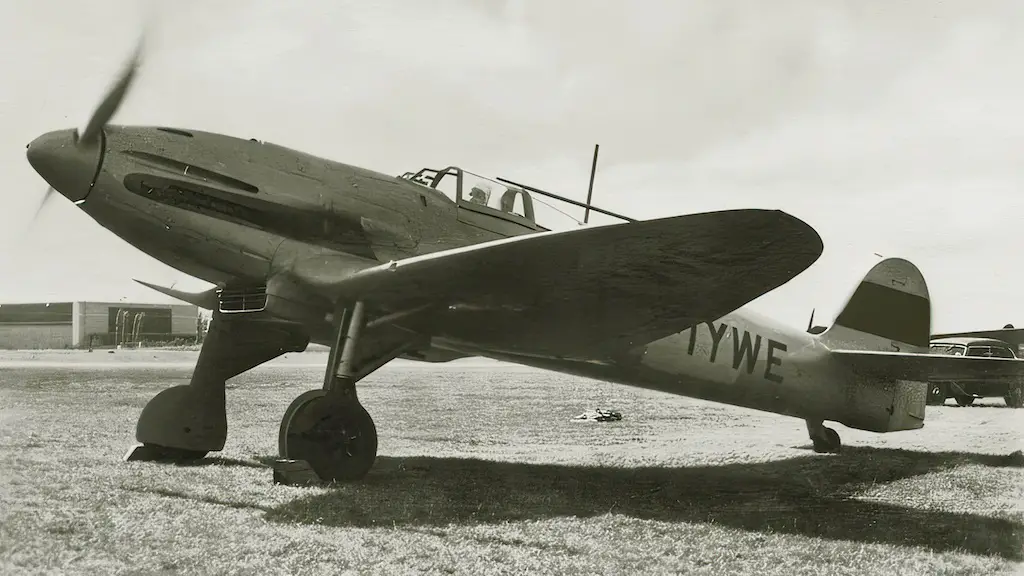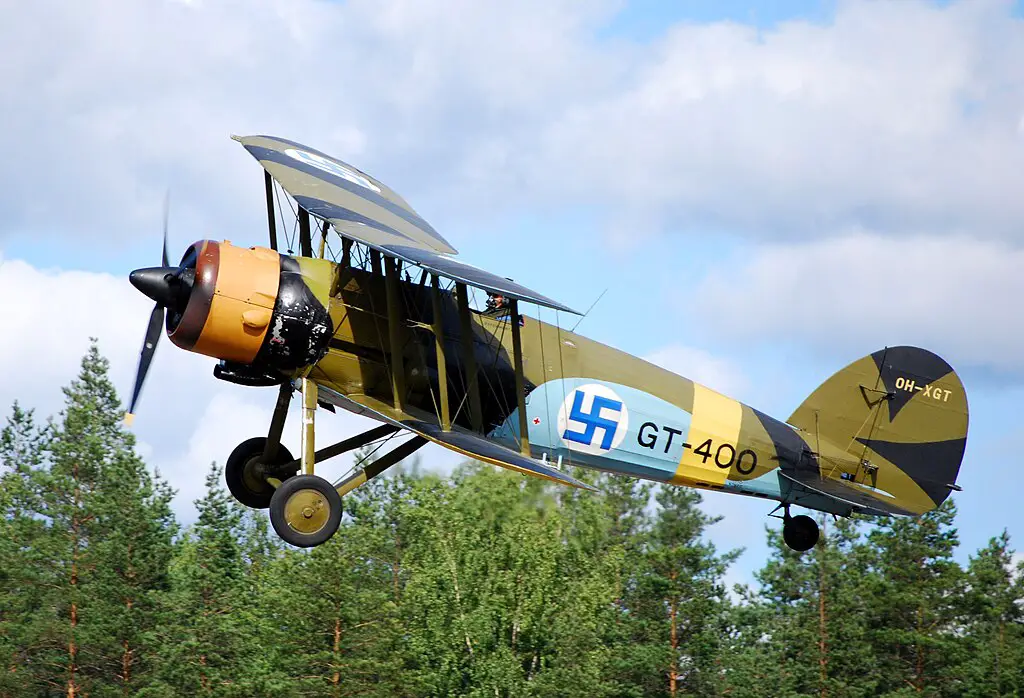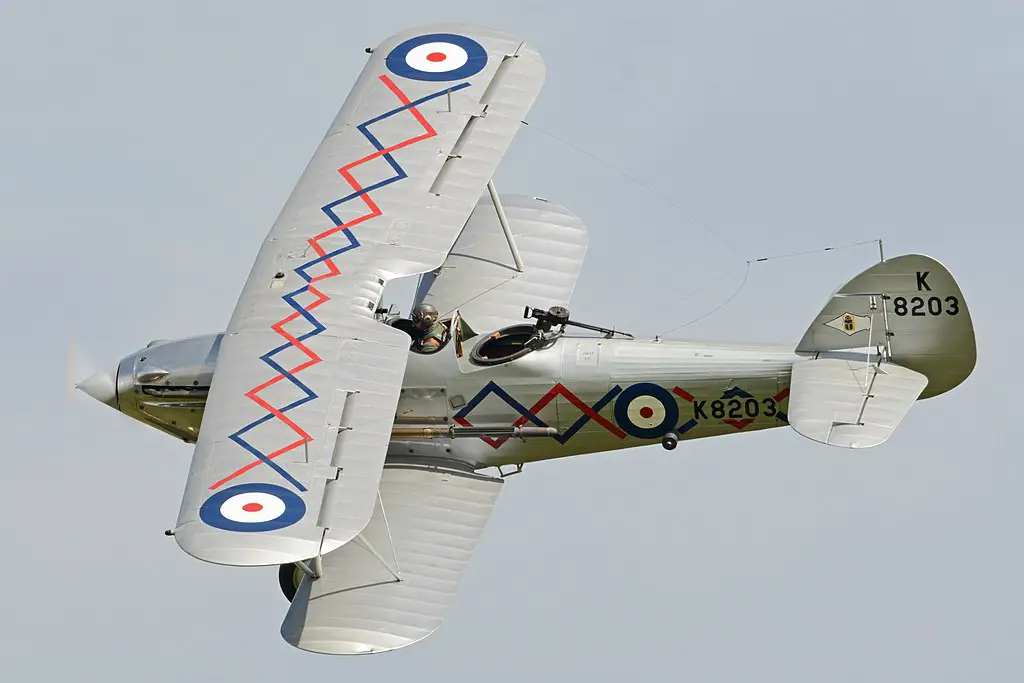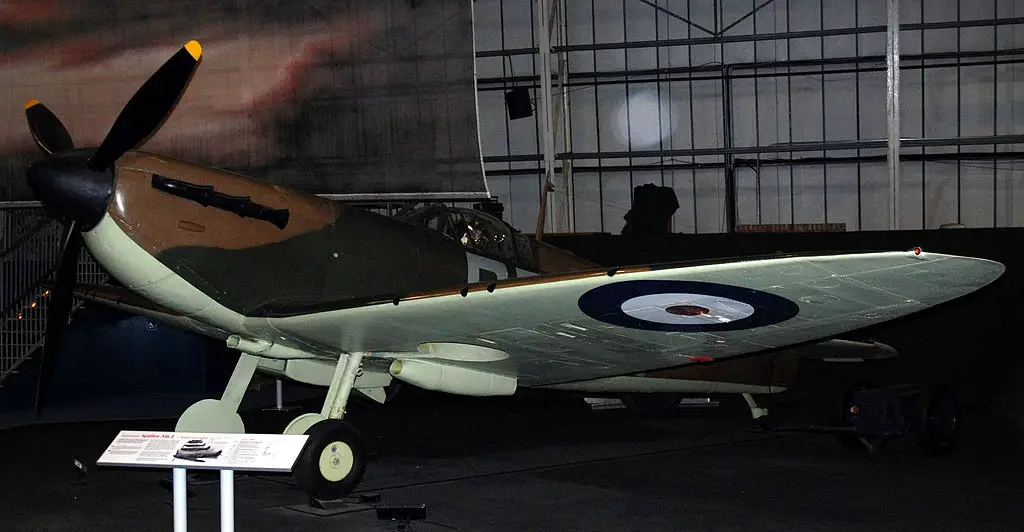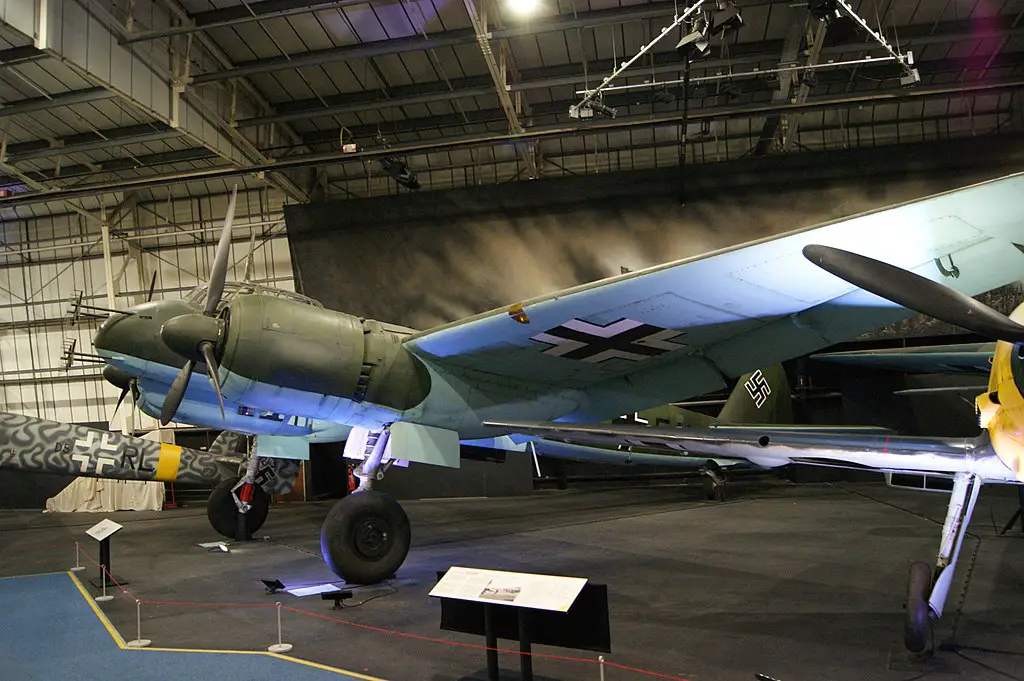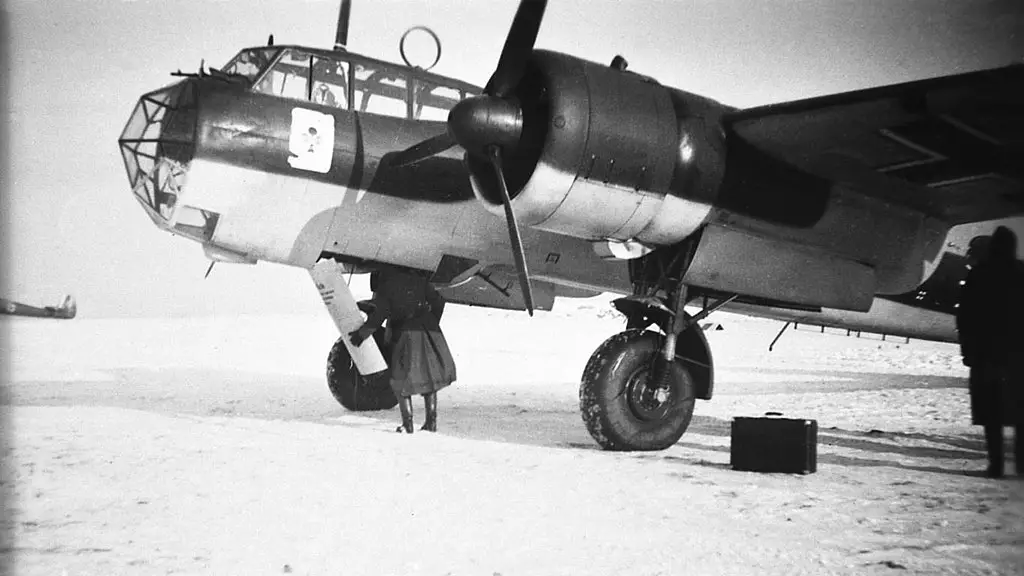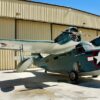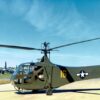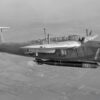A Lethal Pilot’s Rise
The Battle of Britain, a pivotal moment in World War II, brought to the forefront numerous heroes, among them a Spitfire ace, Patterson Hughes. Born in Australia, Hughes journeyed to England, drawn by the allure of combat and the opportunity to fly the Supermarine Spitfire, an aircraft gaining fame as the finest in the skies. By 1939, Hughes had ascended to flight commander in the 234 Squadron, a position that would lead him into the heart of the war.
Hughes’ early RAF days were spent in less formidable aircraft like the Hawker Demon and Gloster Gauntlet. The tides turned in March 1940, when his squadron received the coveted Spitfires. His skill and leadership blossomed, and by May, the squadron was operational, ready to face the impending war.
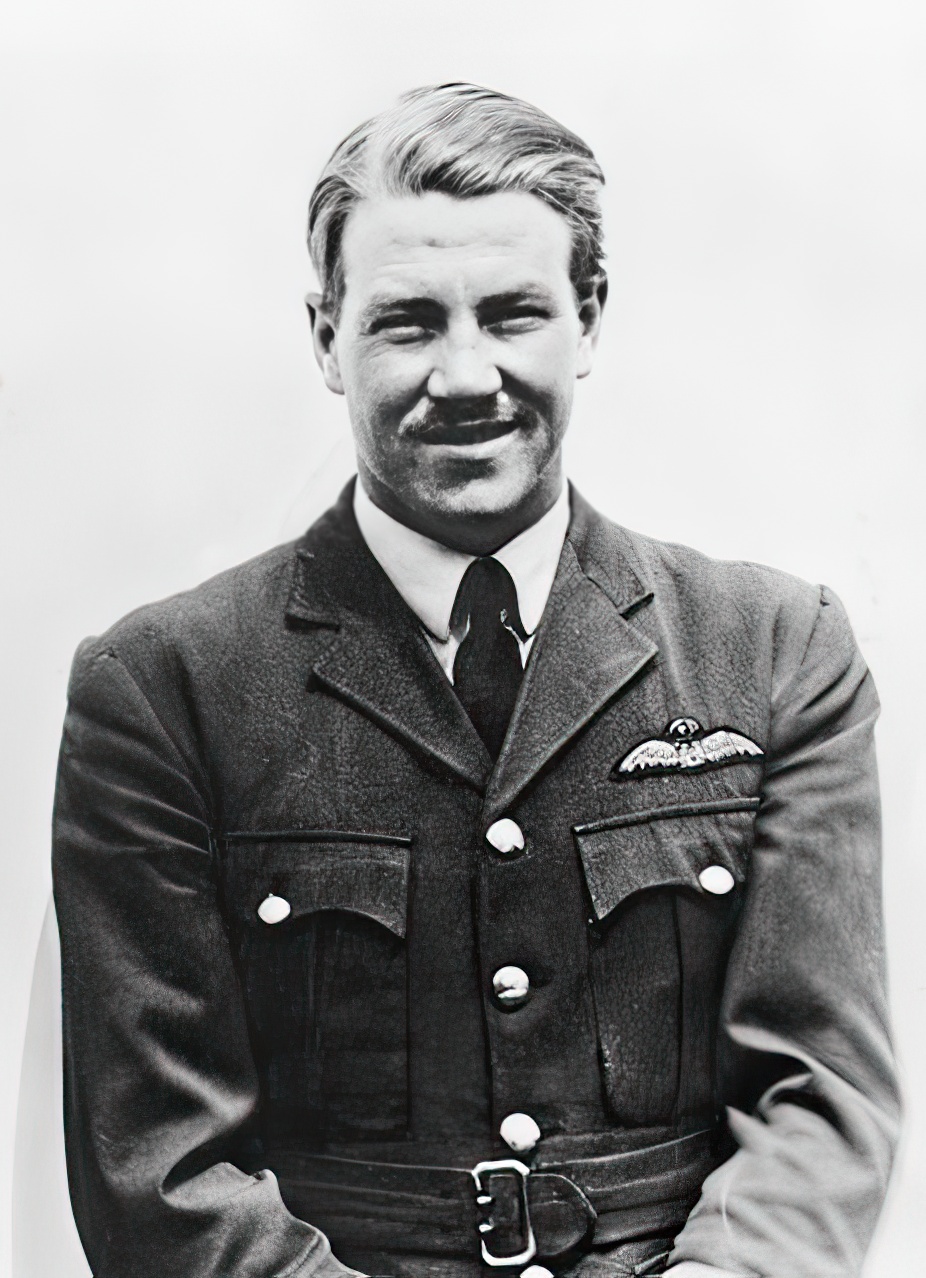
First Blood
July 8, 1940, marked a significant moment for Hughes. Leading three Spitfires against a Junkers JU-88, he demonstrated a daring strategy: attacking from an extraordinarily close range. This tactic, unconventional and risky, proved effective as he secured his first victory. But this approach came with inherent dangers, raising questions about its sustainability in aerial combat.
As the Battle of France unfolded, Hughes witnessed the harsh realities of war. The RAF’s losses underscored his fortune in flying the superior Spitfire. Amidst the escalating conflict, Hughes found love with Kathleen Broderick, and the couple married in a rushed ceremony. Personal joy mingled with growing tensions, as the RAF braced for the inevitable clash over England.
The true test came in August 1940, as Hughes and his squadron faced the Luftwaffe’s onslaught. Their first engagement at their new base, RAF Middle Wallop, was a brutal introduction to the Battle of Britain. Despite scoring kills, the squadron suffered losses, a stark reminder of the conflict’s harsh realities. Hughes’ close-range strategy continued to yield success, but at a high cost.
Unraveling the Mystery
On September 7, 1940, Patterson Hughes embarked on what would be his final sortie, a mission shrouded in mystery and marked by controversy. The day began with an ominous air, as the Luftwaffe planned an unprecedented bombardment of London. Hughes, at the helm of his Spitfire X4009, was part of the RAF’s desperate scramble to intercept the massive German assault.
As Hughes and his squadron soared into the skies, they encountered a large formation of Dornier DO 17 bombers, shielded by a fleet of Messerschmitt fighters. The RAF’s strategy was split: while some focused on the bombers targeting London, others engaged the protective fighter screen. Hughes, known for his aggressive tactics, dove into the fray, targeting a DO 17. His wingman, Keith Lawrence, later reported seeing Hughes strike the bomber hard before witnessing a Spitfire spiraling downwards with part of its wing missing.
Moments later, two aircraft crashed near the village of Sundridge: the DO 17 bomber and Hughes’ Spitfire X4009. The immediate aftermath was chaotic, with witnesses reporting varying accounts of the incident. What was certain was the tragic outcome – Patterson Hughes was killed, and his aircraft lay in ruins.
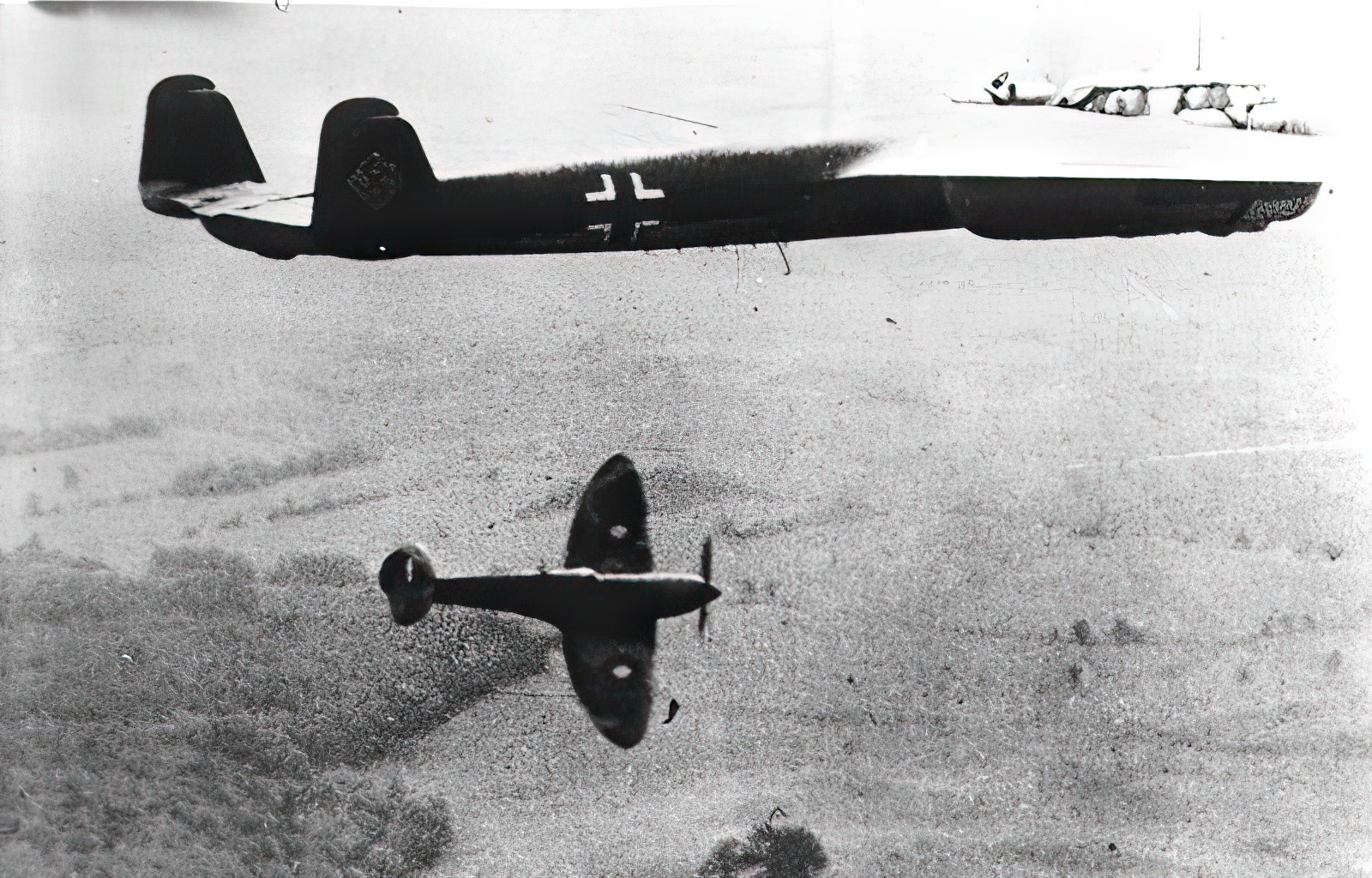
Theories and Speculations
The circumstances of Hughes’ demise became the subject of intense speculation. Various theories were proposed to explain the final, fateful moments of his life:
The first theory suggested that enemy fire from a Messerschmitt might have brought down Hughes’ Spitfire during the intense aerial duel. However, this theory lacked corroborative eyewitness accounts.
Another theory centered on the possibility that Hughes was struck by debris from the DO 17 bomber he was attacking. This was partly supported by Lawrence’s combat report, which noted fragments shearing off from the bomber during Hughes’ attack.
The most compelling theory pointed to an unintentional collision between Hughes’ Spitfire and the DO 17. This theory was backed by Hughes’ reported visual impairments and fatigue, which could have affected his depth perception. Additionally, the slower speed of the bomber, a contrast to Hughes’ previous engagements, might have led to a critical miscalculation and a catastrophic collision.
The loss of Patterson Hughes was a significant blow to the RAF and a personal tragedy for his newlywed wife, Kay. The ripple effects of his death were profound, leaving a legacy of bravery tinged with the harsh realities of aerial combat.
